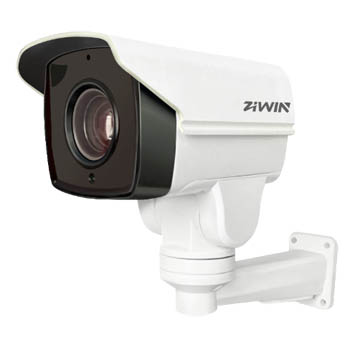
When a surveillance camera's image appears out of focus, you can perform a preliminary diagnosis and analysis using the following steps:
· Dirt or Obstruction: Inspect the lens surface for dust, fingerprints, grease, or spider webs. Gently clean it with a microfiber cloth or lens cleaner.
· Physical Damage: Look for scratches, cracks, or internal fungus on the lens, which may cause permanent blurring.
· IR Cut Filter Issue (for IR cameras only): Blurry night vision may result from a malfunctioning IR cut filter (stuck or damaged), causing abnormal light refraction.
· Manual Focus Lens: Check if the focus ring is loose or misaligned. Adjust it while monitoring the live feed.
· Auto-Focus Lens: If the camera supports auto-focus, trigger it (via software or button) to see if clarity improves. Failure may indicate motor or sensor issues.
· Fixed-Focus Lens: Ensure the installation distance matches the lens's focal range (e.g., a 3.6mm lens suits 3–5 meter scenes).
· Lighting Conditions:
Low light may increase noise, mimicking blur—test under adequate lighting.
Strong backlighting (e.g., direct sunlight) can cause glare; adjust the angle or use a sunshade.
· Fog or Glass Obstruction: Outdoor cameras may blur due to rain, fog, or internal condensation—check the housing’s seal and heater function.
· Focal Length Mismatch: Confirm the camera’s distance aligns with the lens’s specifications (e.g., 2.8mm for wide-angle close-ups, 12mm for long-range).
· Angle Misalignment: Excessive tilt or pan may defocus parts of the image; reposition the mount to face the target squarely.
· Back Focus Misadjustment: Some lenses (especially zoom lenses) require back focus adjustment (loosen screws and fine-tune).
· Lens Degradation: Long-term use may shift lens elements or wear out motors—test with a replacement lens.
· Sensor Failure: A damaged image sensor (CMOS/CCD) causes overall blur—requires factory inspection.
· Signal Interference: Check video cables (e.g., loose BNC connectors, poor-quality wires) for blurring with noise.
· Digital Zoom Enabled: Excessive digital zoom reduces clarity—disable it to check the original image.
· Resolution/Bitrate Settings: Ensure the camera uses the highest resolution; low bitrates may cause compression artifacts.
· Firmware Bugs: Update the camera’s firmware to fix potential focus algorithm issues.
1. Swap Equipment: Replace the lens or camera with a known-working unit to isolate the issue.
2. Multi-Scenario Comparison: Observe blurring under varying conditions (day/night, near/far).
3. Focus Test Chart: Use a test chart or high-contrast object (e.g., text) to assist focus adjustment.
· Simple Fixes: Clean the lens, adjust focus, or optimize installation.
· Complex Issues: Contact support—may require lens replacement, sensor repair, or hardware upgrades.
By systematically eliminating common causes, you can pinpoint the fault and take targeted corrective measures.